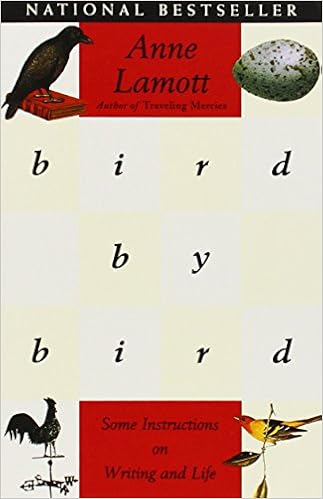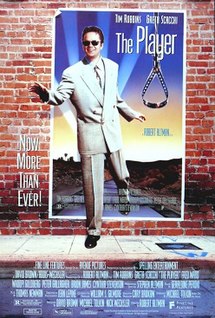
Using the handout, read your classmate's draft and offer feedback on the four criteria for strong body paragraphs. While you need not cover every checkpoint (there are 22 of them, after all), please do use them to focus your feedback.
HW: Apply at least one suggestion to your draft.
Some inspiration from writer Anne Lamott...

"Thirty years ago my older brother, who was ten years old at the time, was trying to get a report on birds written that he'd had three months to write. It was due the next day. We were out at our family cabin in Bolinas, and he was at the kitchen table close to tears, surrounded by binder paper and pencils and unopened books on birds, immobilized by the hugeness of the task ahead. Then my father sat down beside him, put his arm around my brother's shoulder, and said, 'Bird by bird, buddy. Just take it bird by bird.'"
-Anne Lamott, Bird by Bird: Some Instructions on Writing and Life
Please heed the checkpoints on our thesis calendar. They're there so that you don't become "immobilized by the hugeness of the task ahead." Follow Lamott's father's advice and "take it bird by bird." That might mean a paragraph a day or every other day. It might mean sentence by sentence. Find a routine that works best for you and stick to it.







